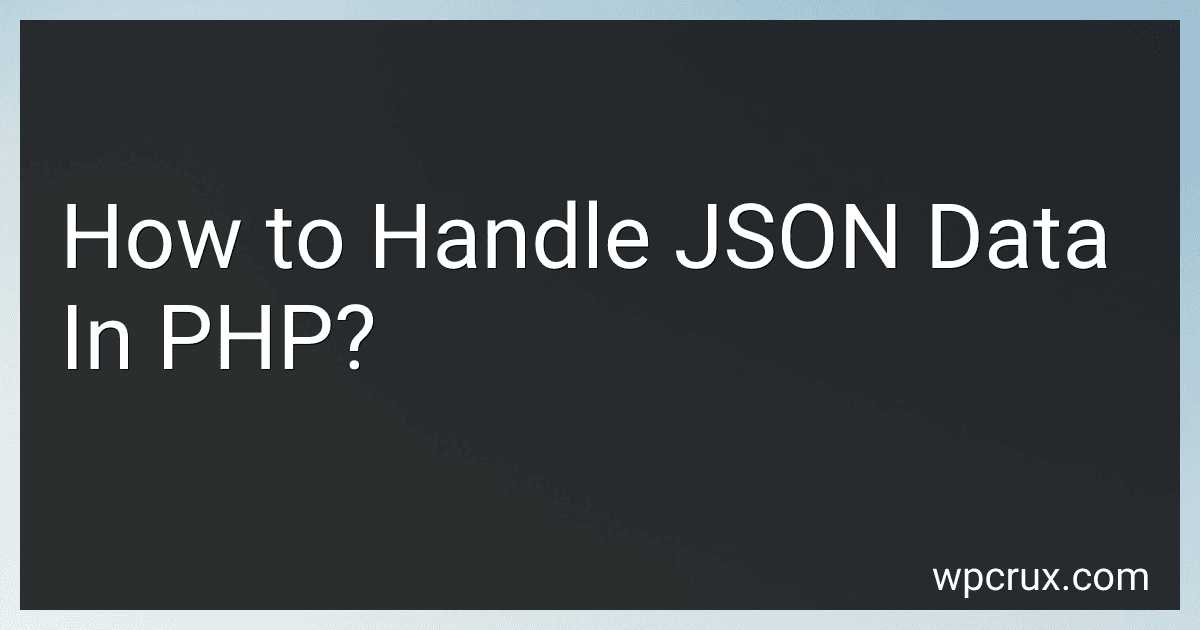Best Tools to Handle JSON Data in PHP to Buy in October 2025

JSON at Work: Practical Data Integration for the Web


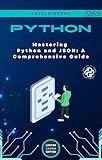
Mastering Python and JSON: A Comprehensive Guide: From Basics to Advanced Techniques: Parsing, Manipulating, and Creating JSON Data with Python (Micro Learning | Python Book 4)


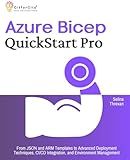
Azure Bicep QuickStart Pro: From JSON and ARM Templates to Advanced Deployment Techniques, CI/CD Integration, and Environment Management



DuckDB in Action


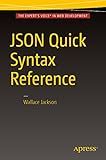
JSON Quick Syntax Reference


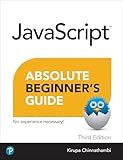
Absolute Beginner's Guide to Javascript, Third Edition


In PHP, handling JSON data involves a few important functions and steps. JSON (JavaScript Object Notation) is a lightweight data-interchange format that is commonly used for data communication between a server and a web application.
To handle JSON data in PHP, you can follow these steps:
- Retrieving JSON data: Get the JSON data from an external source or fetch it from a database or file within your PHP script.
- Decoding JSON: Use the json_decode() function to convert the JSON data into PHP objects or associative arrays. This function takes a JSON string as input and returns a PHP object or array representation of the data.
- Accessing JSON data: Once the JSON data is decoded, you can access its values using object notation (->) or array notation ([]) in PHP. This allows you to retrieve specific data elements for further processing or manipulation.
- Encoding JSON: If you need to send JSON data in a response or store it somewhere, you can use the json_encode() function. This function takes a PHP array or object and converts it into a JSON string.
- Sending JSON response: To send JSON data as a response from a PHP script, you need to set the appropriate headers using the header() function. For example, you can set the content type header to application/json to indicate that the response contains JSON data.
- Error handling: When working with JSON data, it is essential to handle errors that may occur during decoding or encoding. You can use functionality like json_last_error() and json_last_error_msg() to retrieve information about any errors that occurred.
By following these steps, you can effectively handle JSON data in PHP, making it easier to work with JSON-based APIs, manipulate data, or exchange information between different systems.
What is the difference between json_encode() and json_last_error_msg() in PHP?
The json_encode() function is used in PHP to convert a PHP variable into a JSON string representation. It accepts a PHP variable as input and returns a JSON-encoded string.
The json_last_error_msg() function, on the other hand, is used to retrieve the error message of the last occurred JSON encoding or decoding operation. It returns a string message describing the last JSON error that occurred, if any.
In summary, json_encode() is used to encode a PHP variable into a JSON string, while json_last_error_msg() is used to retrieve the error message of the last JSON operation.
How to send JSON data via POST request in PHP?
To send JSON data via a POST request in PHP, you can follow these steps:
- Create a JSON string by encoding the data using json_encode() function. $data = array( 'name' => 'John Doe', 'email' => 'john@example.com' ); $json_data = json_encode($data);
- Set the necessary headers to indicate that you are sending JSON data. $headers = array( 'Content-Type: application/json', 'Content-Length: ' . strlen($json_data) );
- Make the POST request using the curl library. $url = 'https://example.com/api/endpoint'; $ch = curl_init($url); curl_setopt($ch, CURLOPT_CUSTOMREQUEST, 'POST'); curl_setopt($ch, CURLOPT_POSTFIELDS, $json_data); curl_setopt($ch, CURLOPT_HTTPHEADER, $headers); curl_setopt($ch, CURLOPT_RETURNTRANSFER, true); $response = curl_exec($ch); curl_close($ch); Note: Make sure that cURL is enabled in your PHP environment.
- The response from the API can be accessed through the $response variable. echo $response;
This code snippet sends the JSON data in the request body as a POST request to the specified URL. Modify the $url, $data, and headers according to your requirements.
What is the maximum size of JSON data that PHP can handle?
The maximum size of JSON data that PHP can handle largely depends on the server and PHP configurations rather than any intrinsic limitation of the language. By default, PHP does not impose any specific limitation on the size of the JSON data it can handle.
However, there are certain server and PHP-specific settings that can affect the maximum size of the JSON data that PHP can handle. These settings include:
- PHP's memory_limit: This configuration directive limits the amount of memory PHP can allocate. If the JSON data is very large and exceeds the memory_limit, it may result in a fatal error or cause performance issues.
- Web server settings: Certain web servers like Apache or Nginx may have their own limits on request size and post data size. These limits might impose a maximum limit on the JSON data that can be processed by PHP.
- PHP's post_max_size and upload_max_filesize: These settings determine the maximum size of POST data that PHP can handle. If the JSON data is passed as a POST parameter, these settings may affect its maximum size.
In order to handle large JSON data efficiently, you may need to adjust these settings accordingly in your server or PHP configurations.
What is the purpose of CURLOPT_HTTPHEADER in PHP's cURL with JSON data?
The CURLOPT_HTTPHEADER option in PHP's cURL with JSON data is used to set the HTTP headers for the cURL request. Headers contain important information about the request, such as the content type, authentication credentials, or other custom headers.
When dealing with JSON data, the CURLOPT_HTTPHEADER option allows you to specify the Content-Type header. This typically needs to be set to "application/json" to indicate that the request body is in JSON format.
Here's an example of how CURLOPT_HTTPHEADER can be used with JSON data in PHP's cURL:
$data = array( 'name' => 'John Doe', 'email' => 'john.doe@example.com' );
$jsonData = json_encode($data);
$ch = curl_init('https://example.com/api'); curl_setopt($ch, CURLOPT_CUSTOMREQUEST, 'POST'); curl_setopt($ch, CURLOPT_POSTFIELDS, $jsonData); curl_setopt($ch, CURLOPT_HTTPHEADER, array( 'Content-Type: application/json', 'Content-Length: ' . strlen($jsonData) ));
$response = curl_exec($ch); curl_close($ch);
In this example, the $data array is encoded into JSON using json_encode(). Then, the CURLOPT_HTTPHEADER option is set with an array that includes the Content-Type header, indicating that the request body is in JSON format. The Content-Length header is also included to specify the length of the JSON data. Finally, the cURL request is executed with curl_exec().
What is the function to decode JSON in PHP?
The function to decode JSON in PHP is json_decode().
